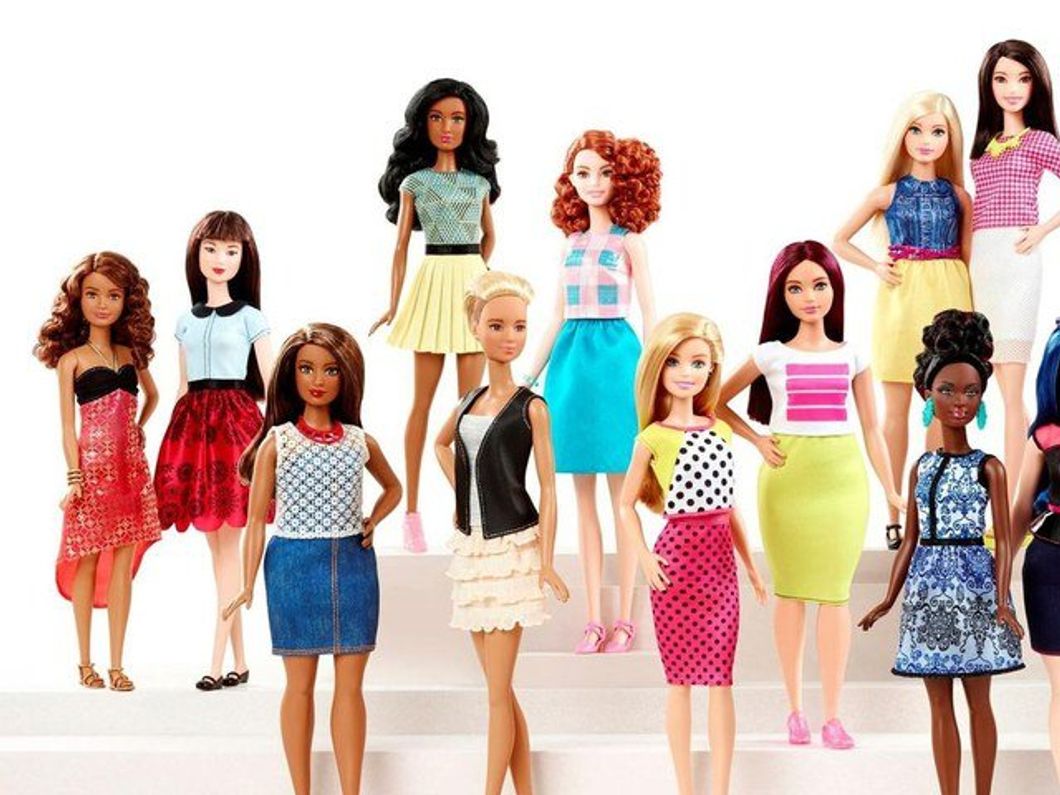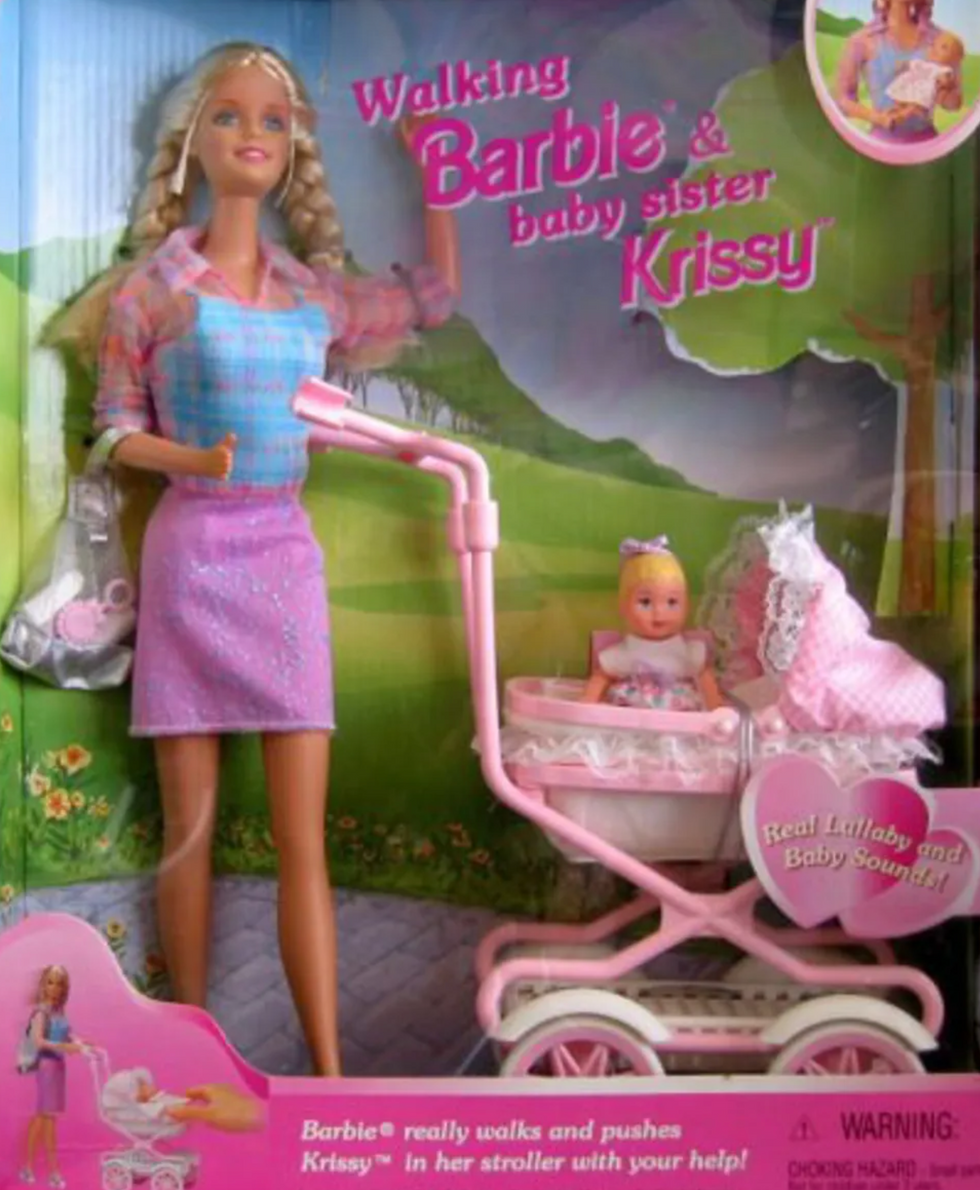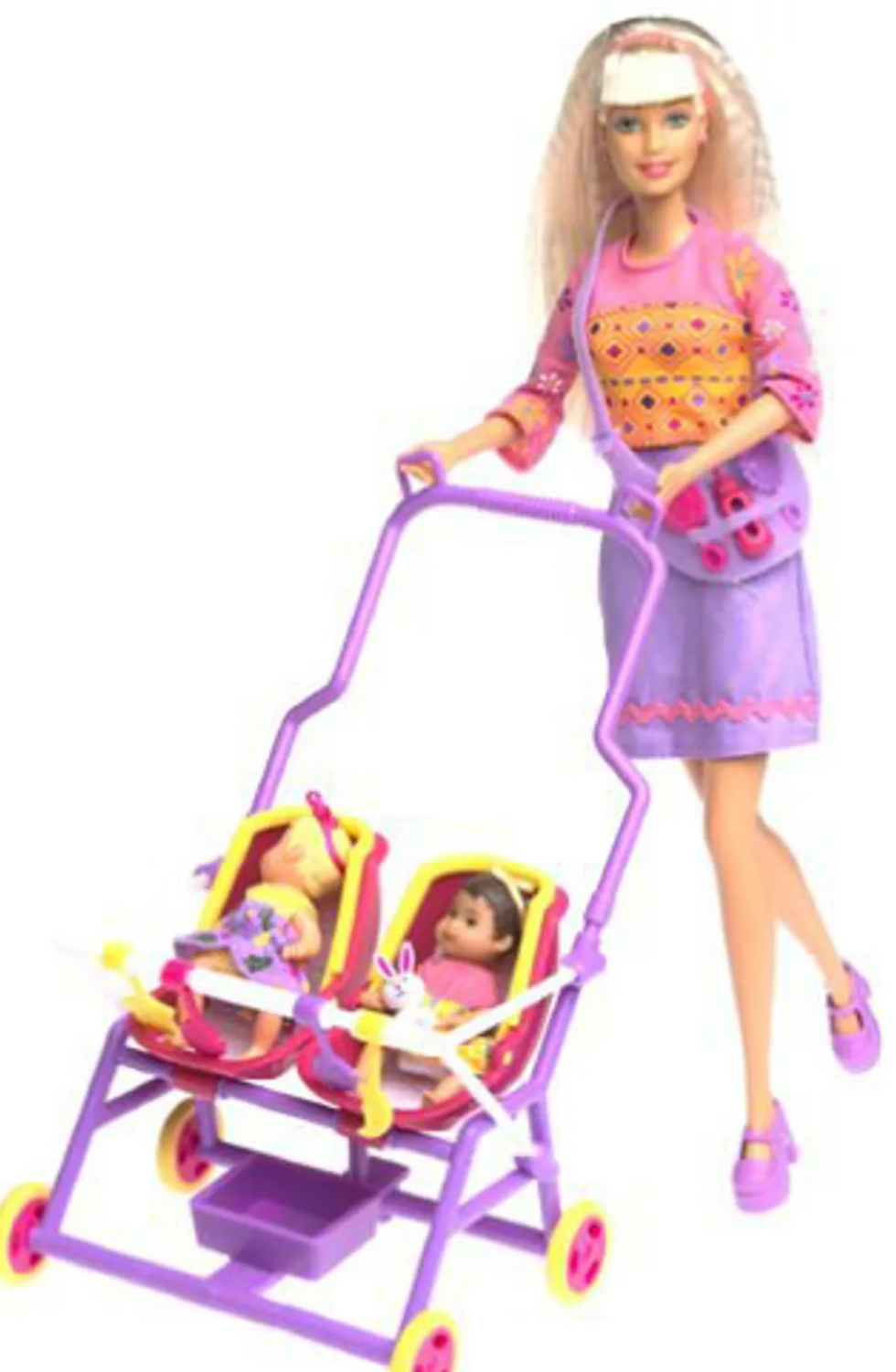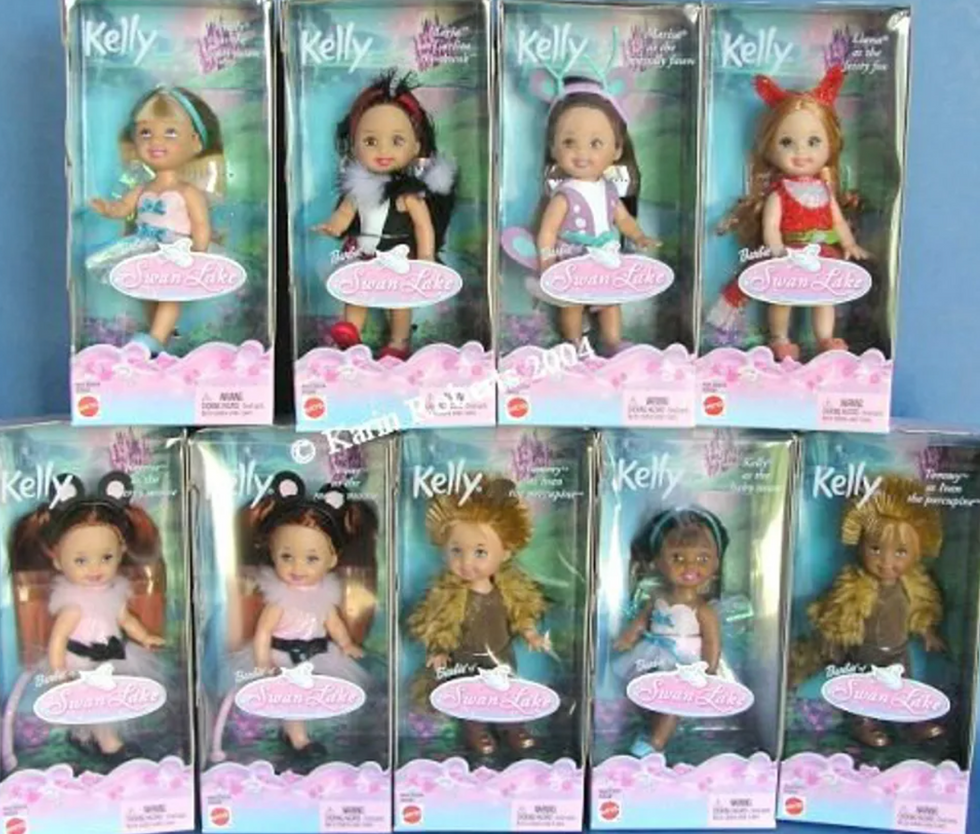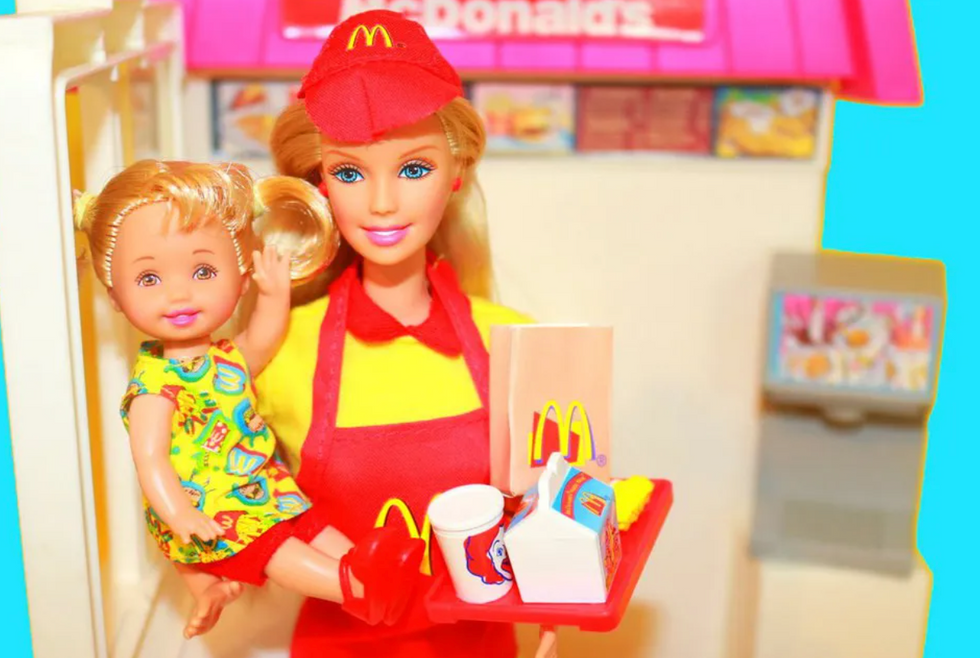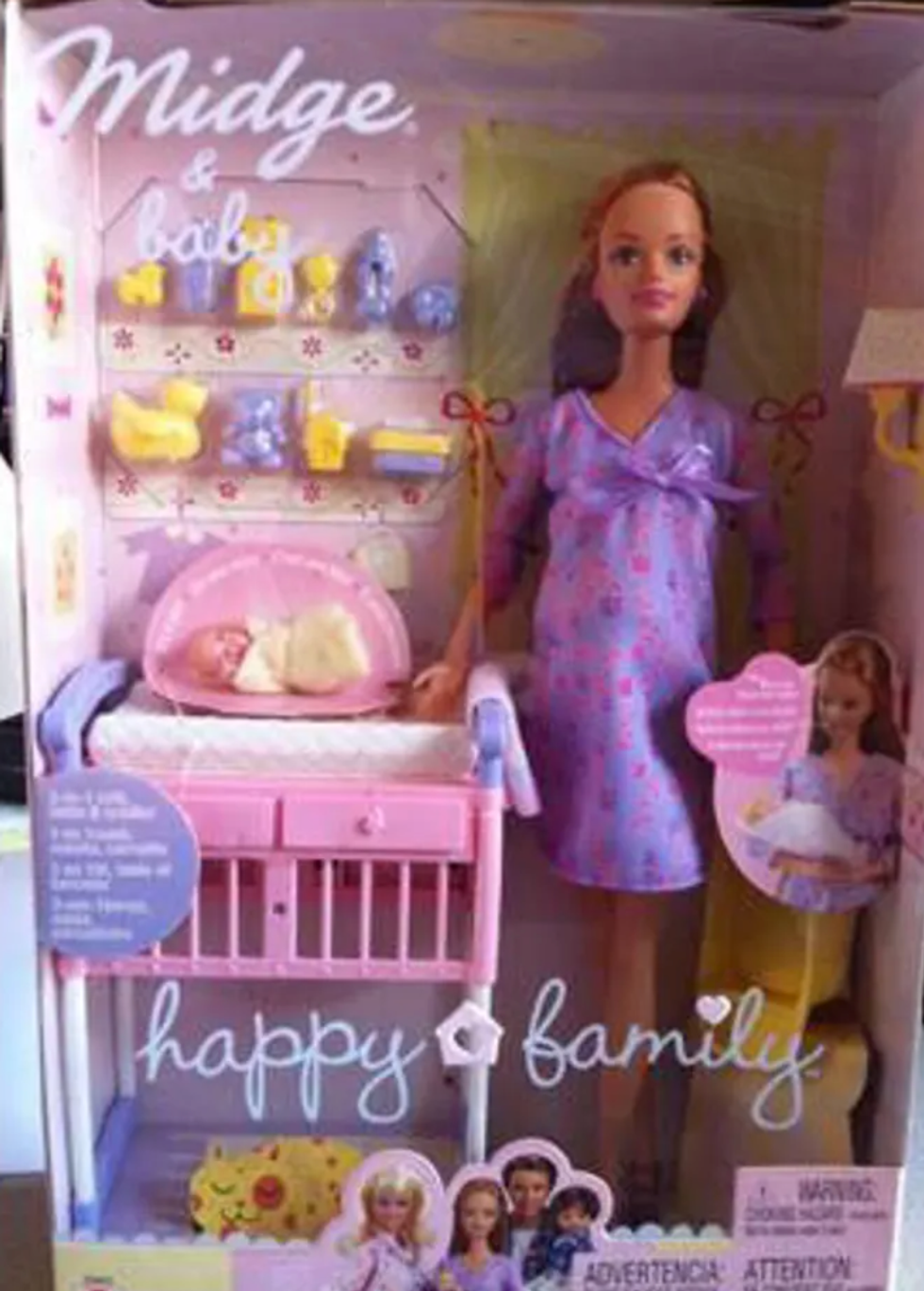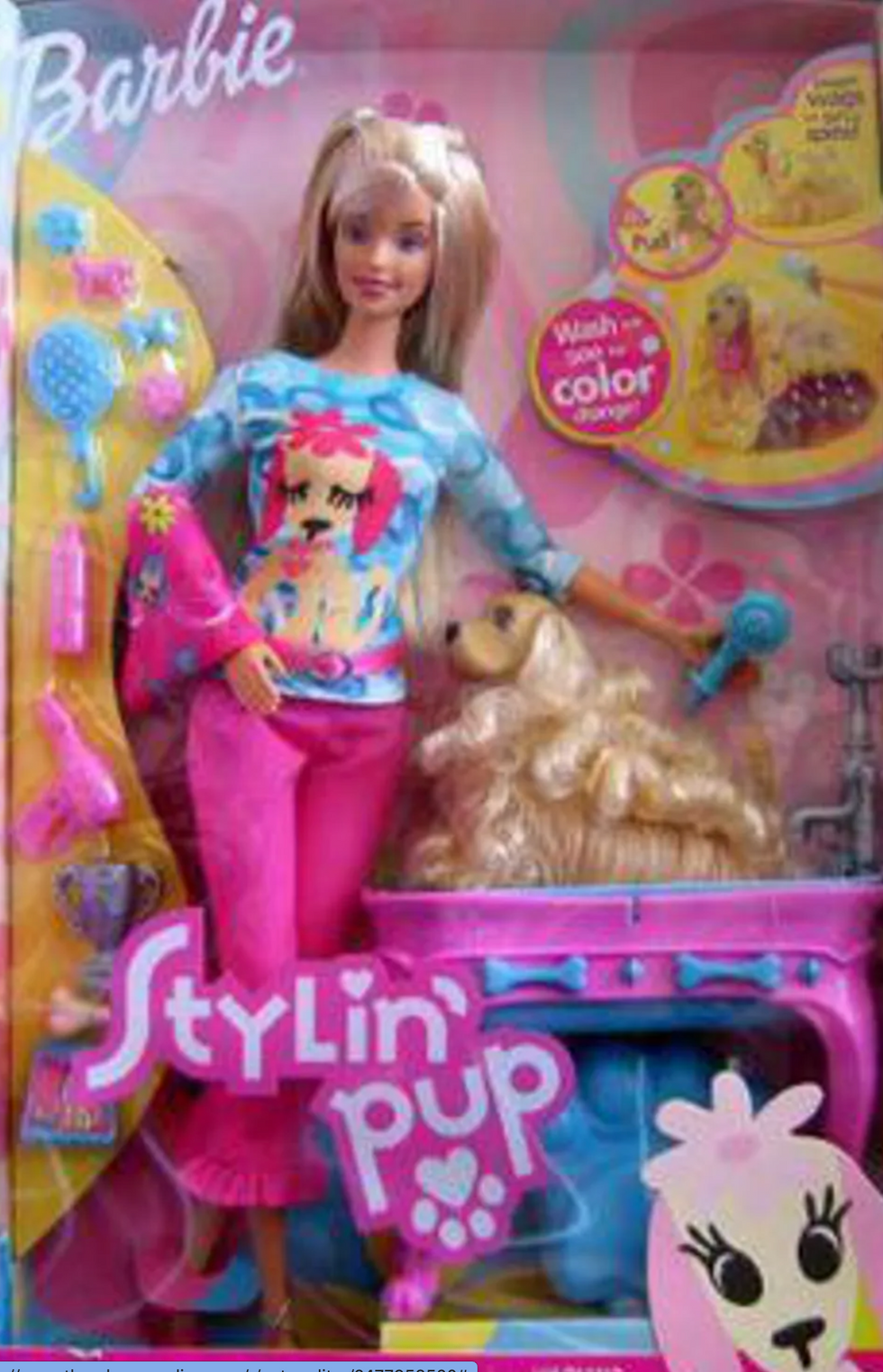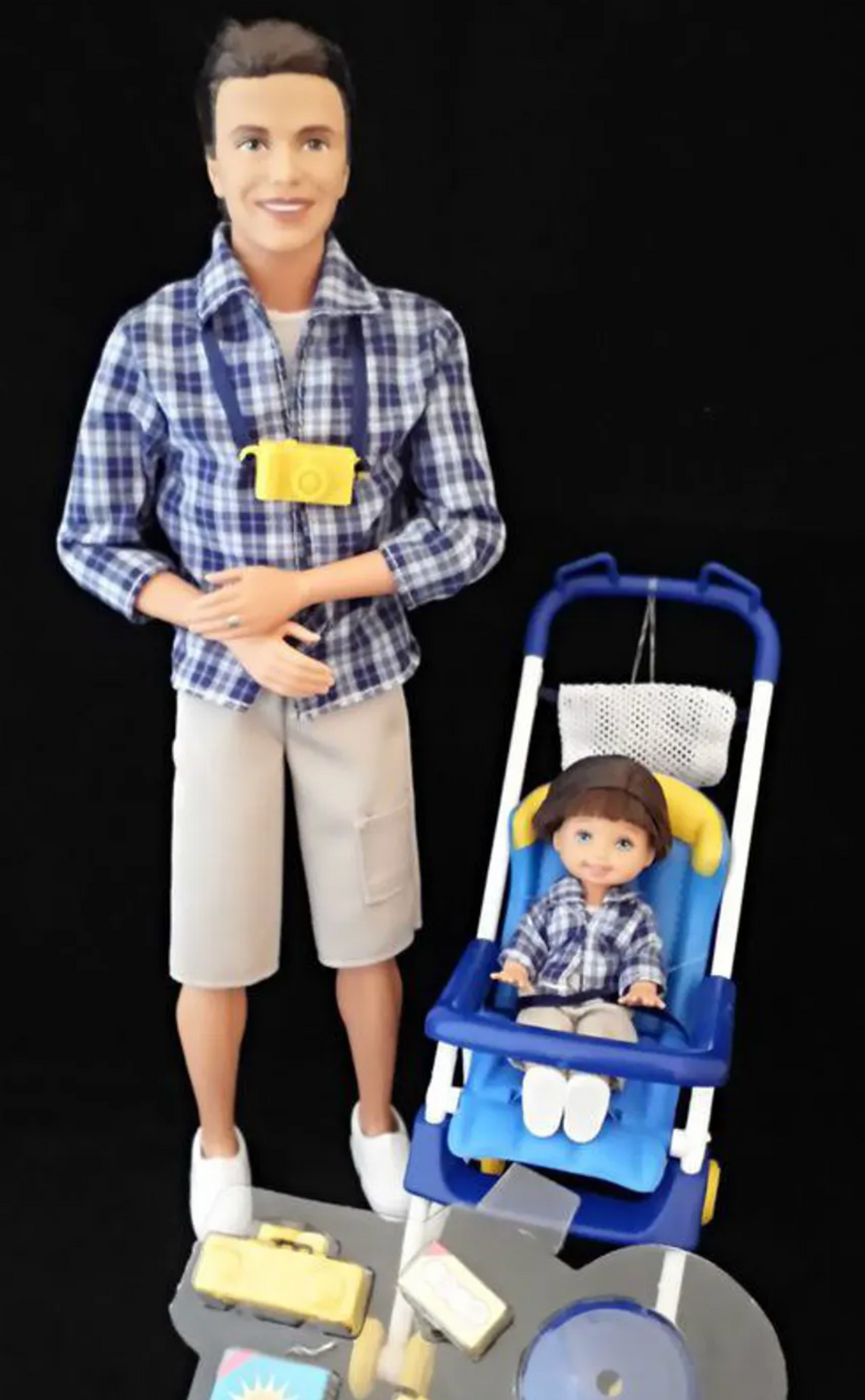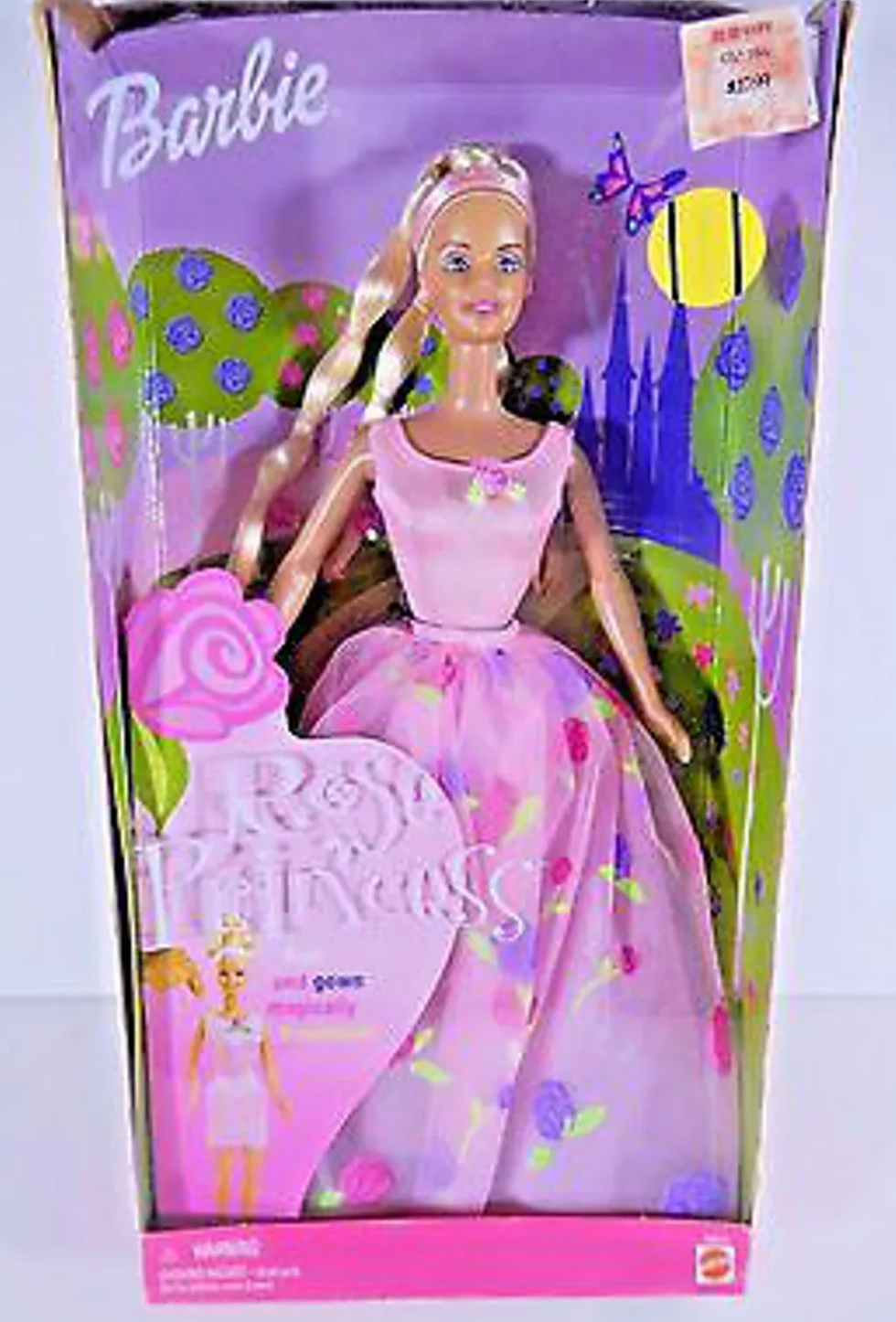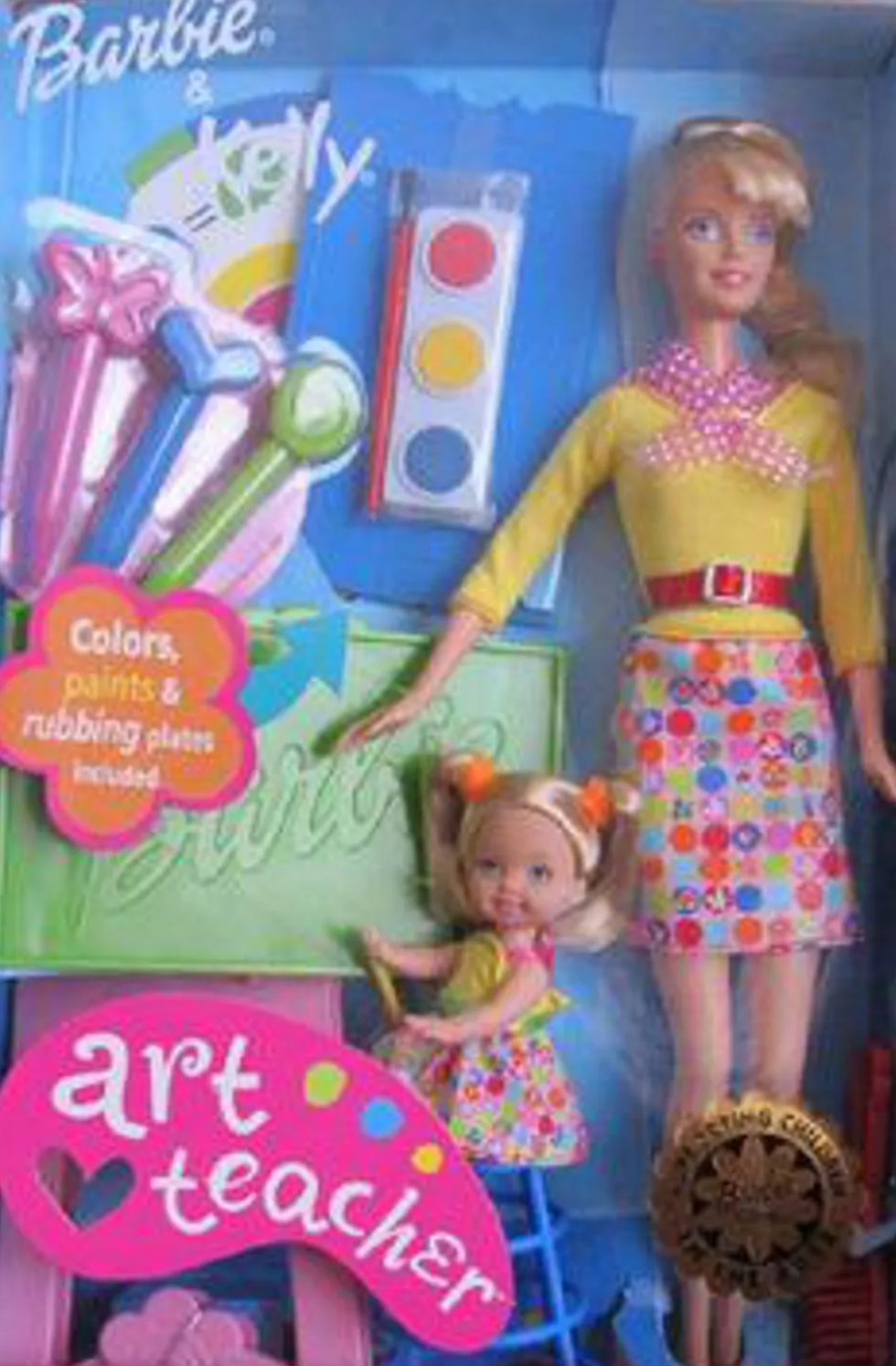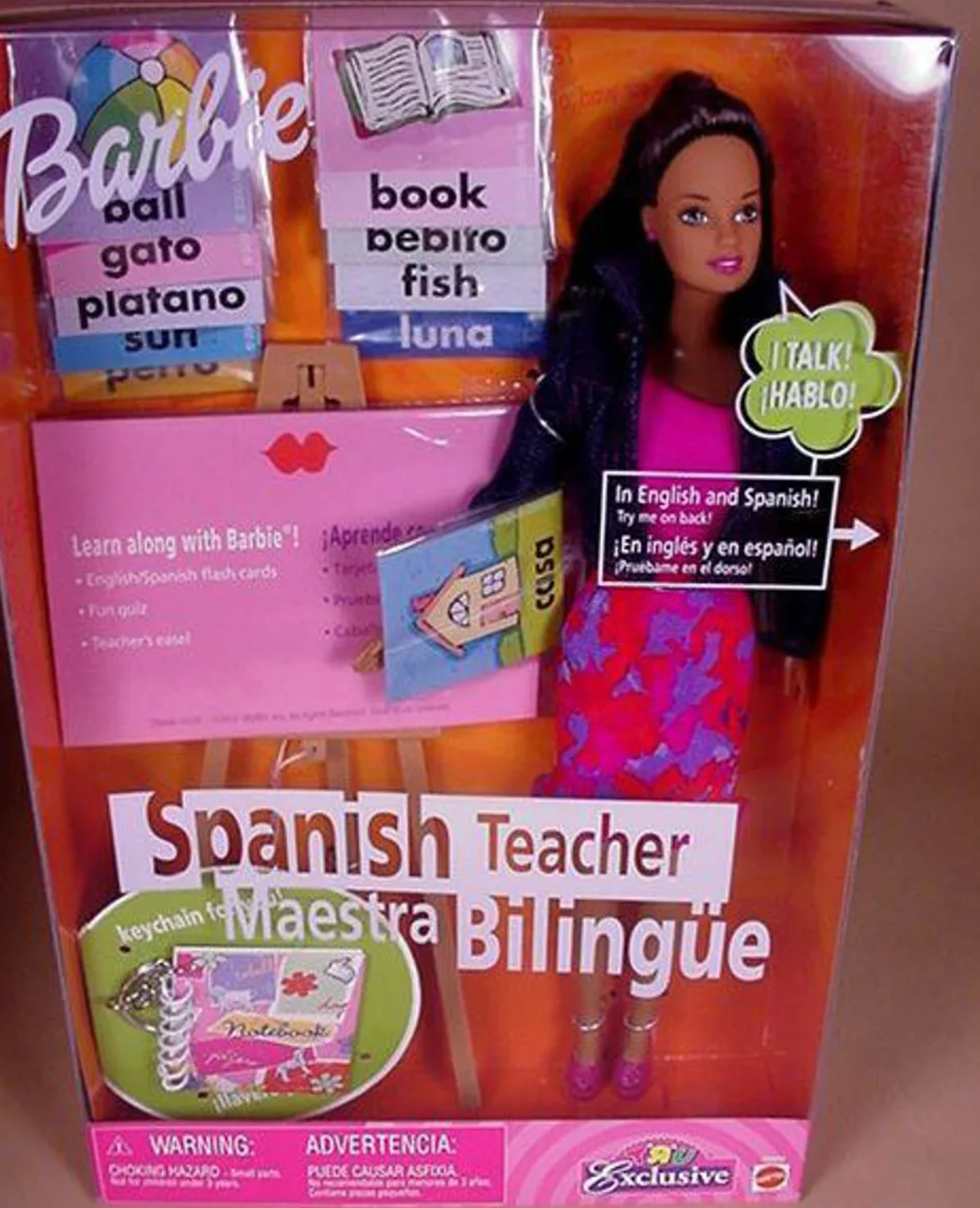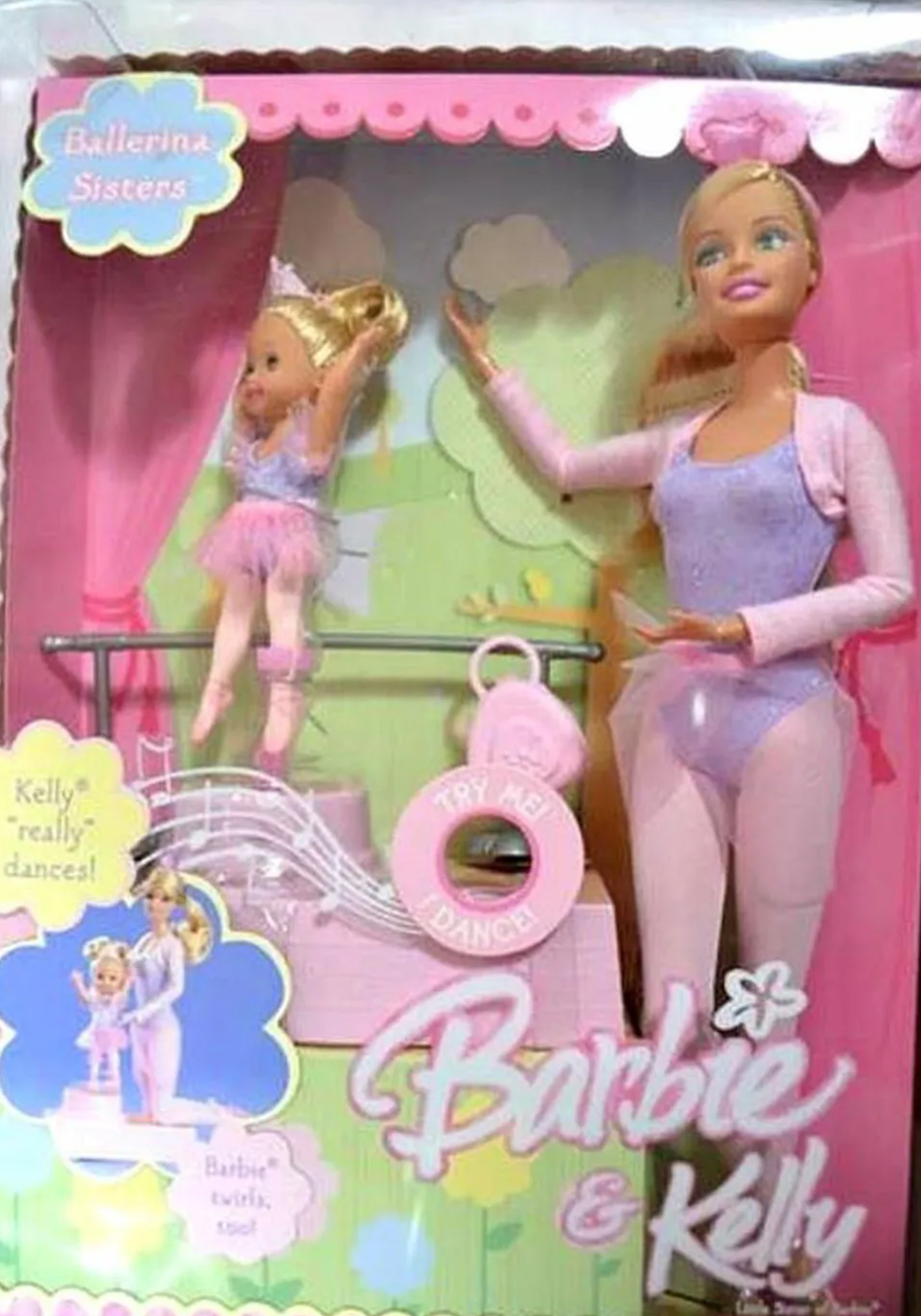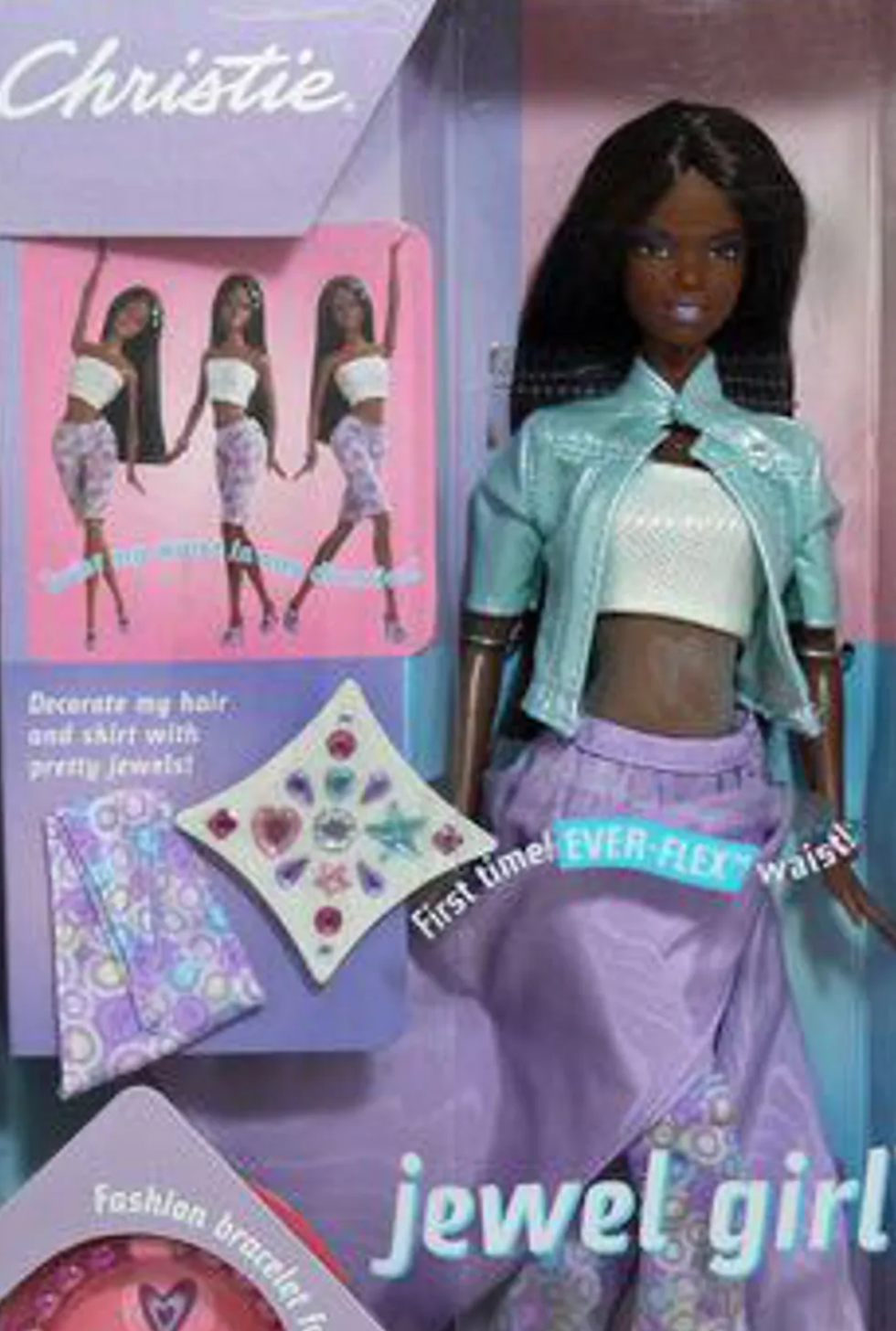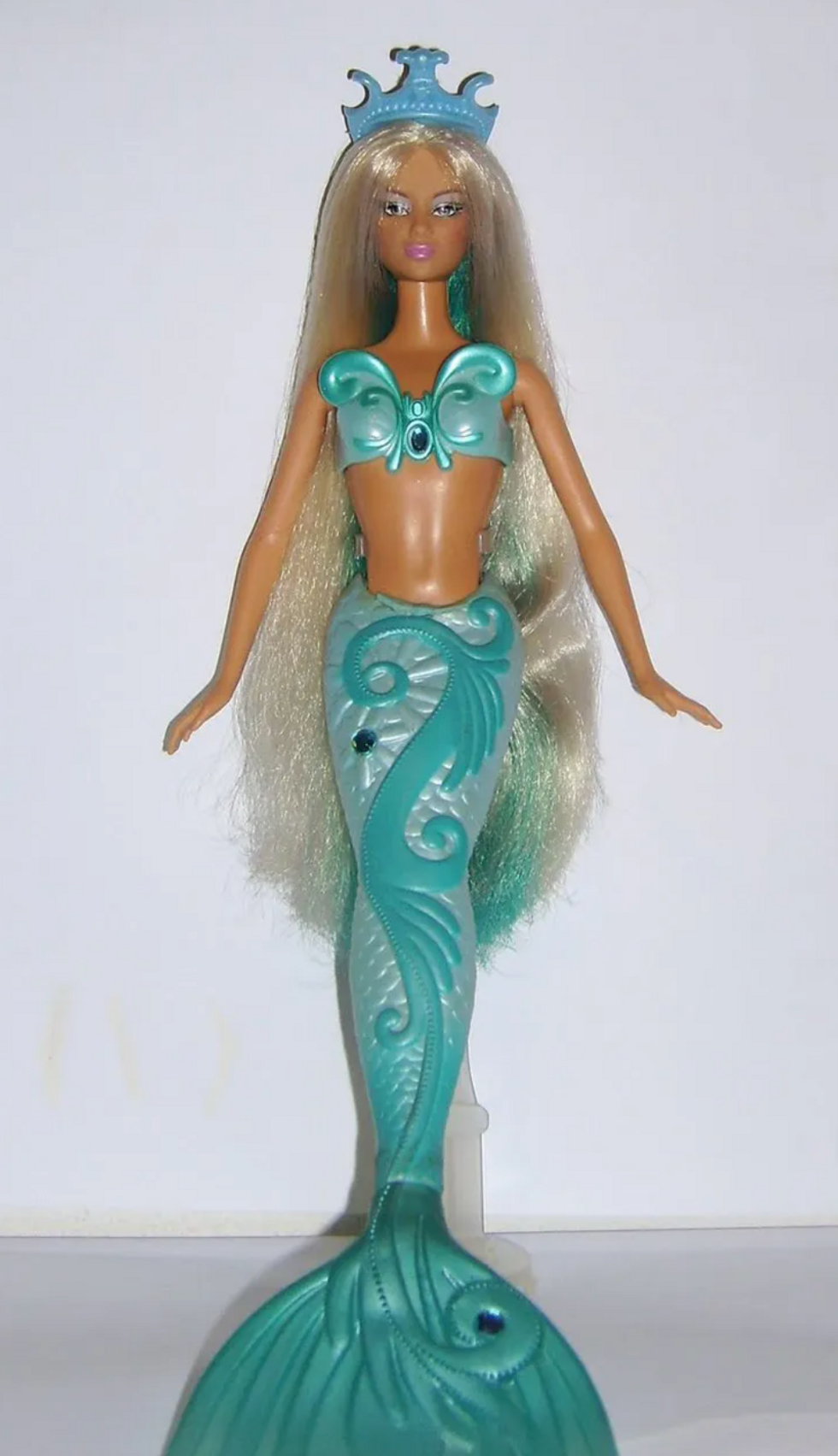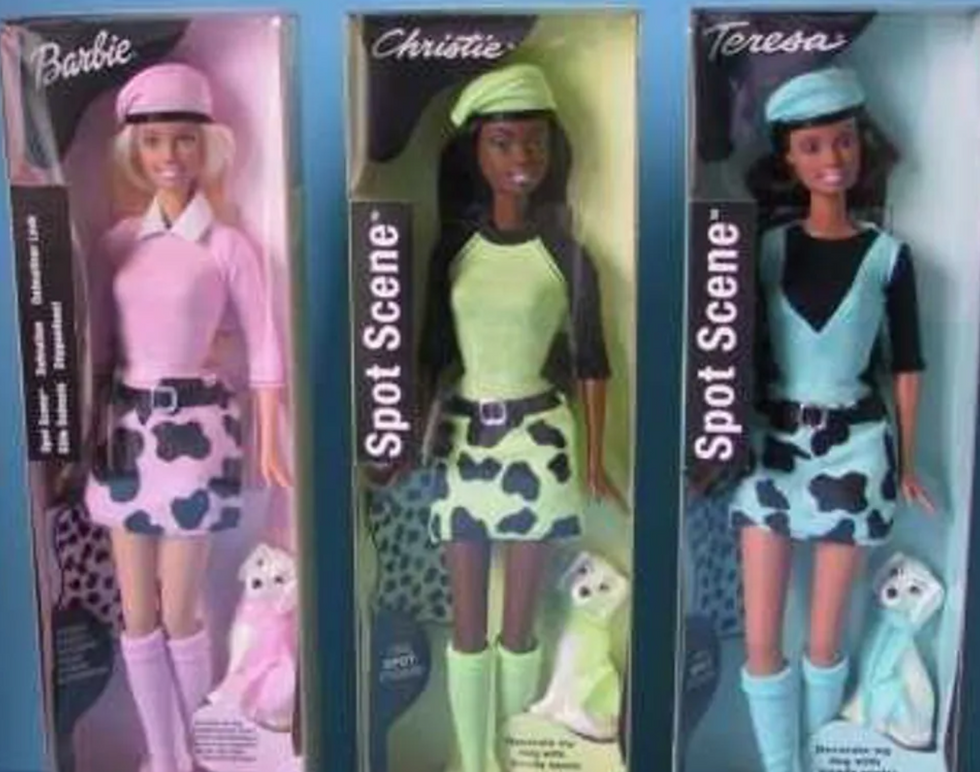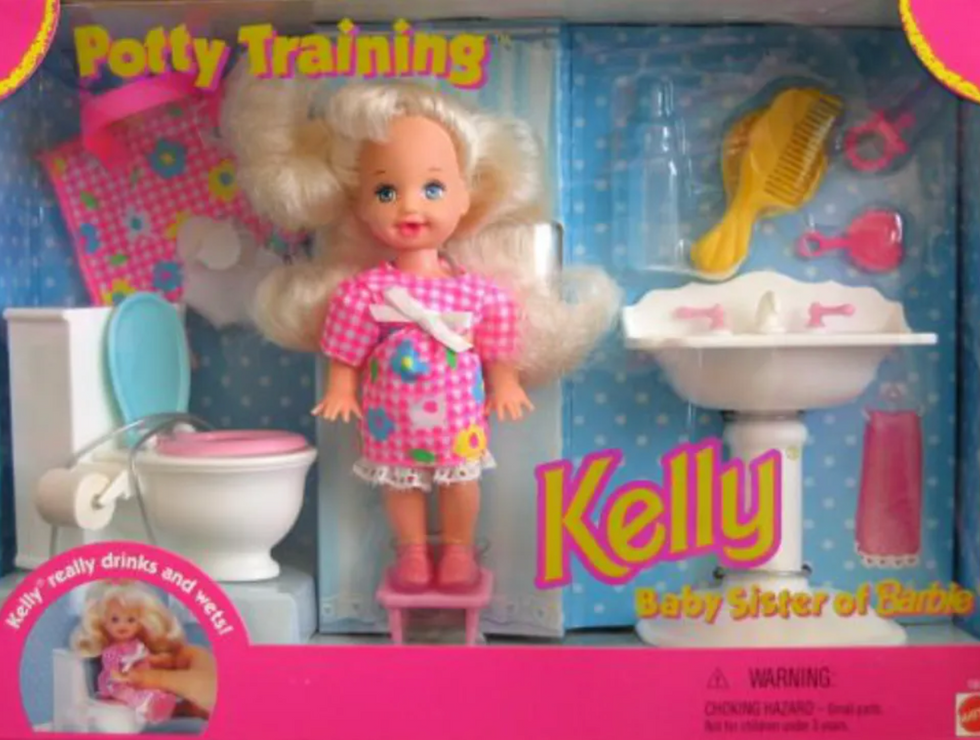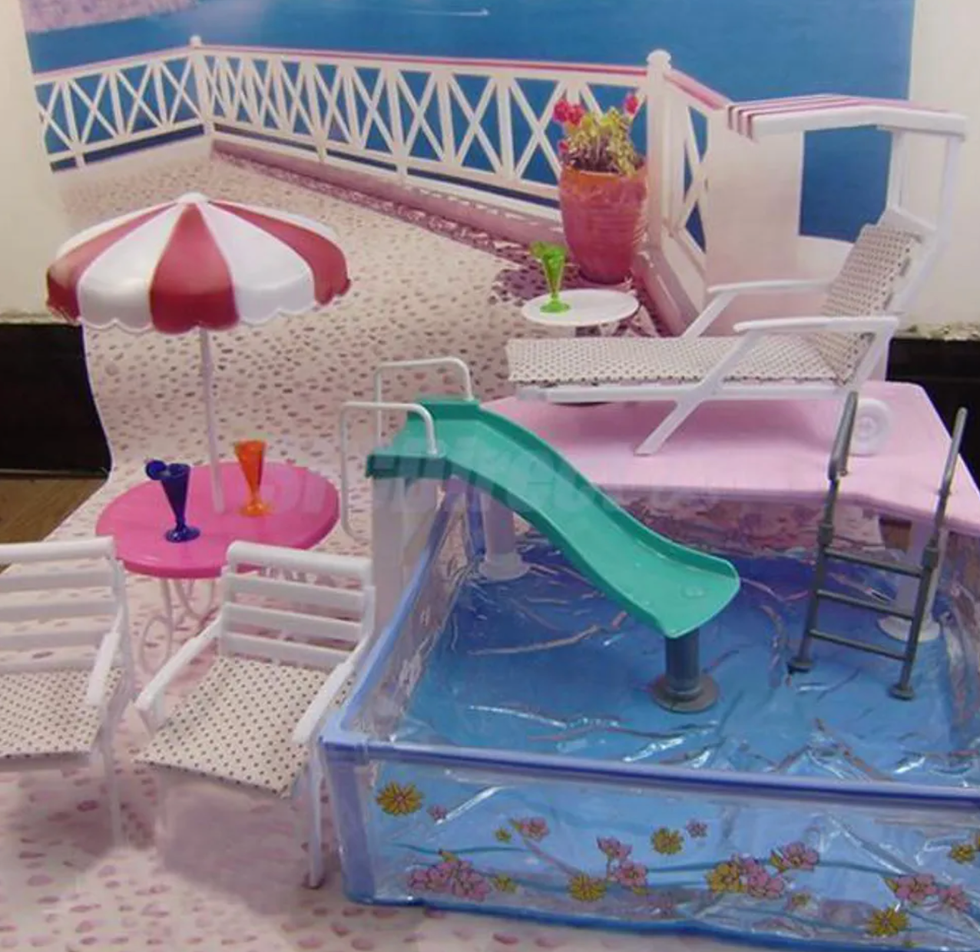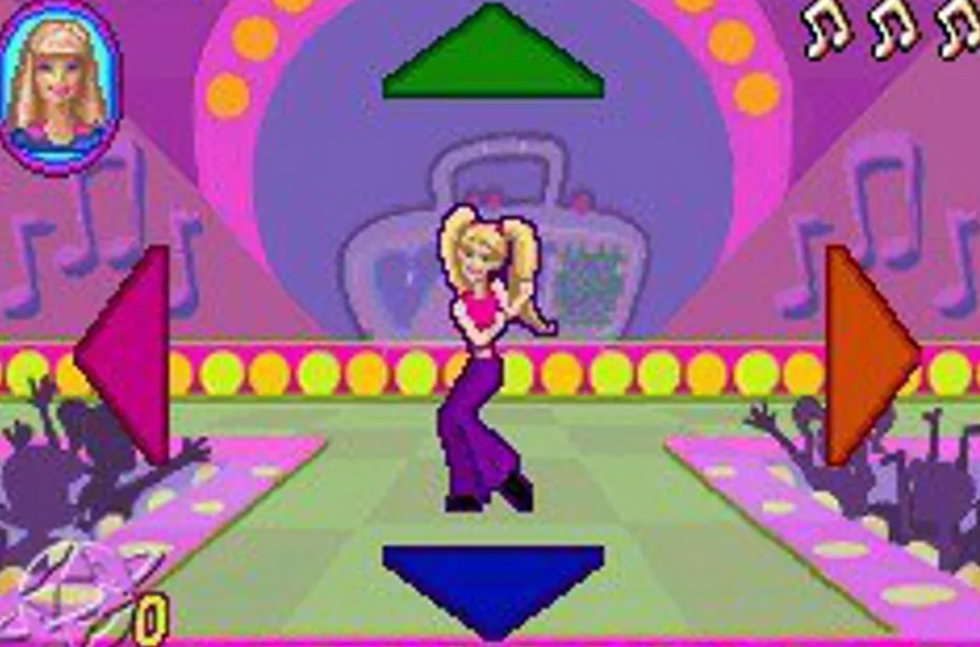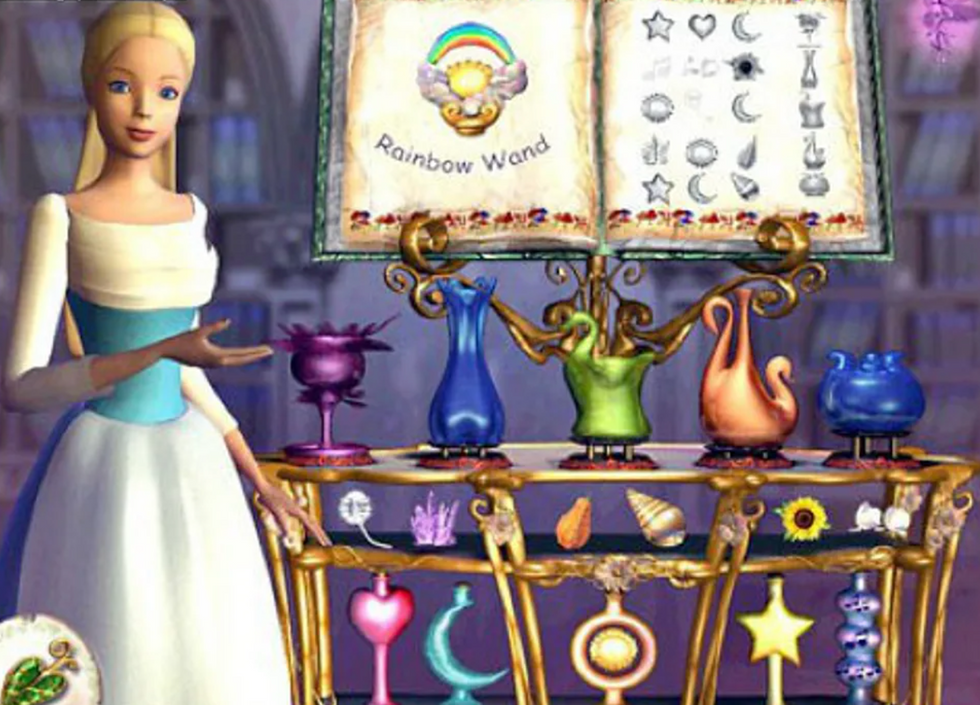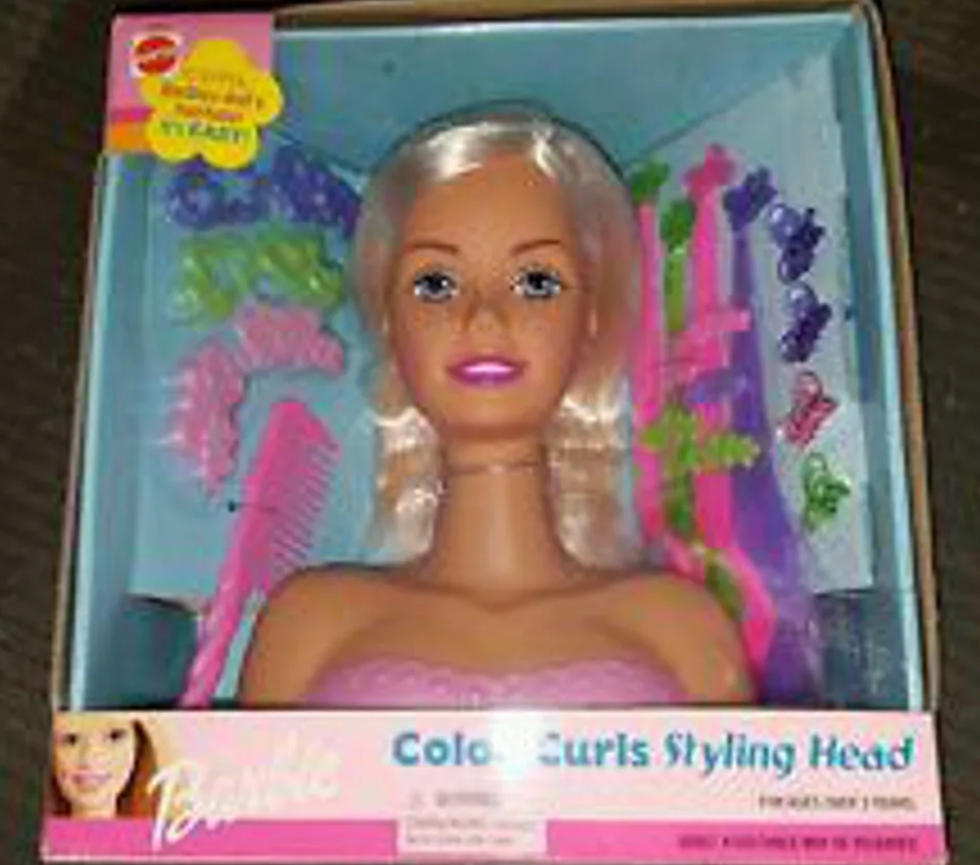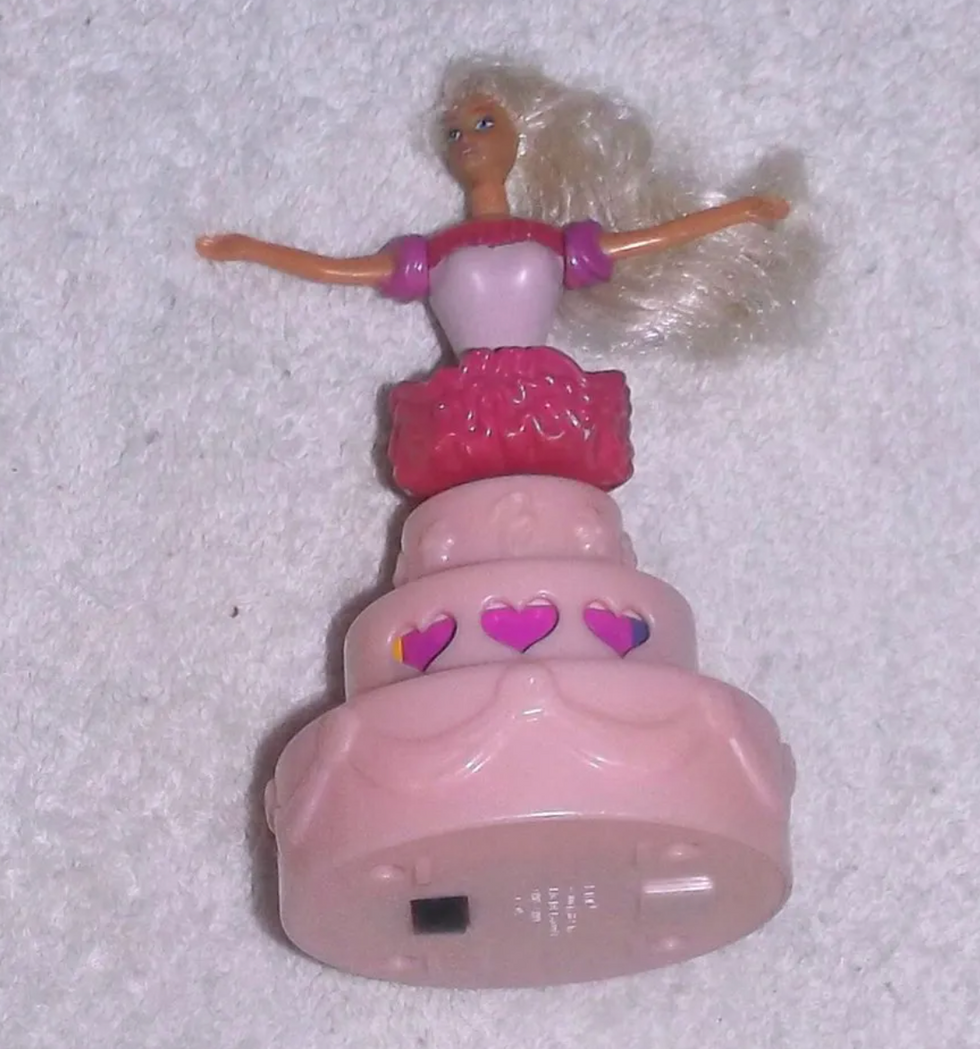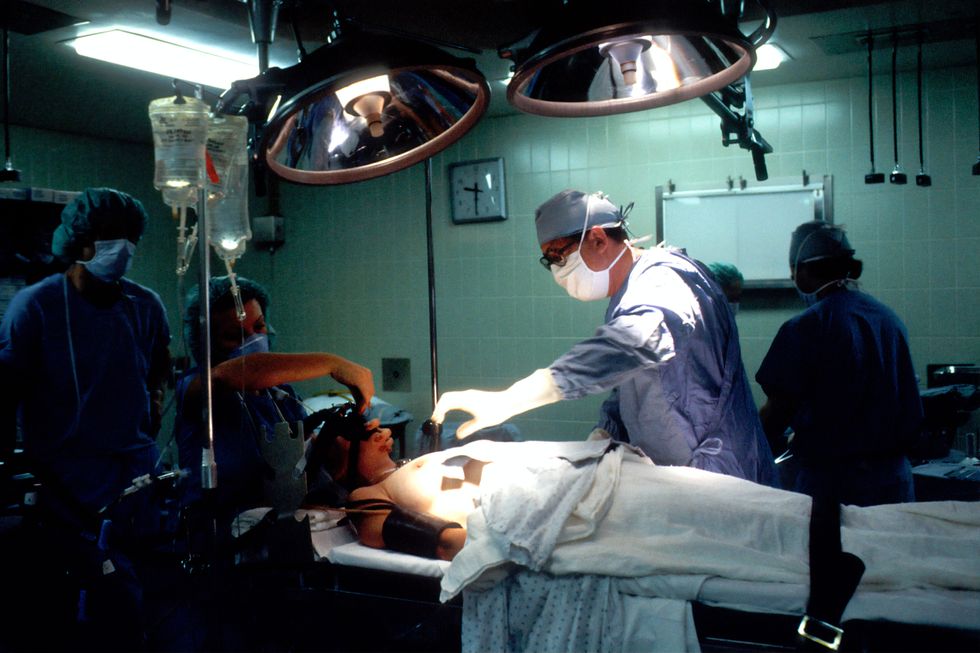Nearly two and a half years following its release, Netflix series "Thirteen Reasons Why" remains one of the most controversial shows to make the rounds in quite some time.
The debate over how much is too much to show and say has loads of passionate folks on both sides, despite the fact that most experts have said from the beginning that there are certain ways suicide should be talked about and shown (or more accurately not shown) in media.
Much to my disappointment, the series has been renewed for a third season which is set to premiere later this year. However, this week the show made headlines for a new reason: in a historic first for Netflix, the company has revealed that they will be editing the first season and cutting out the scene that shows Hannah Baker graphically dying by suicide.
Netflix disclosed the change by saying, "On the advice of medical experts, including Dr. Christine Moutier, Chief Medical Officer at the American Foundation for Suicide Prevention, we've decided ... to edit the scene in which Hannah takes her own life from Season 1."
The advice, of course, is not new. It has been widely accepted in the mental health community for years now that there are very specific safety measures media should take when discussing suicide, including not focusing on means, using language like "died by suicide" instead of "committed suicide," and certainly not showing a suicide under any circumstances, especially one as graphic as the one in "Thirteen Reasons Why."
The blatantly ignored warnings have had heartbreakingly tangible consequences. Suicide hotlines saw a dramatic increase in calls citing the scene as an immediate trigger and Internet searches for ways to die by suicide increased 26% following the show's release.
Even more troubling is the finding from the Journal of the American Academy of Child and Adolescent Psychiatry that the show was associated with a 28.9% increase in suicide rates among U.S. youth ages 10-17 in the month (April 2017) following the show's release.
The number of deaths by suicide recorded in this month was greater than the number seen in any single month during the five-year period examined by the researchers. These statistics make it painfully clear that the graphic scene, and arguably the show in its entirety, has done far more harm than good.
Netflix's decision to edit out the scene in question is a responsible decision. But it's hard to be too proud given the damage that has already been done. Some of it irreversible.
We as a society need to be much more careful and hold ourselves much more accountable to how we handle issues like suicide, both in media and in our everyday lives. We need to keep talking about it. But we need to do it at the advisement of experts in the field and listen when young people say a show is making them think about killing themselves.
Young peoples' lives deserve more than a three-year-late apology. And frankly, it's embarrassing that it's taking us this long to realize that.



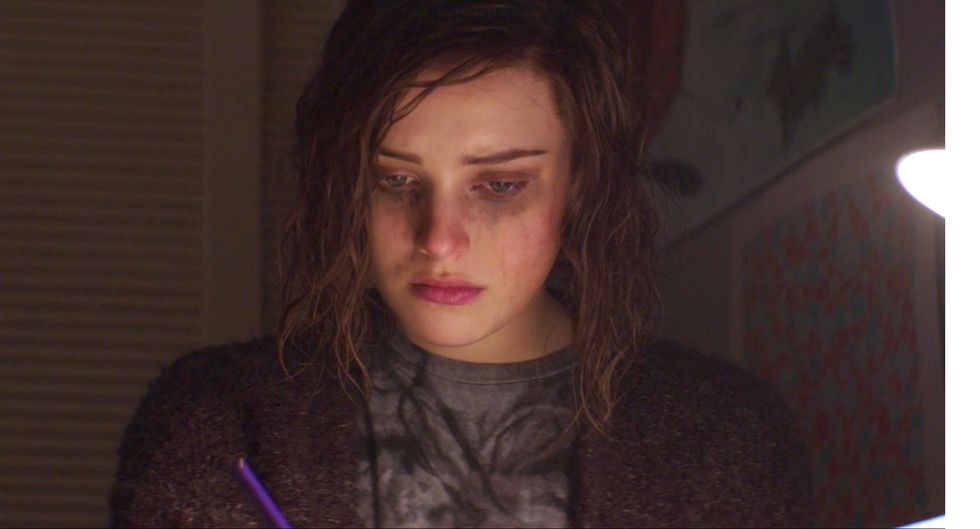


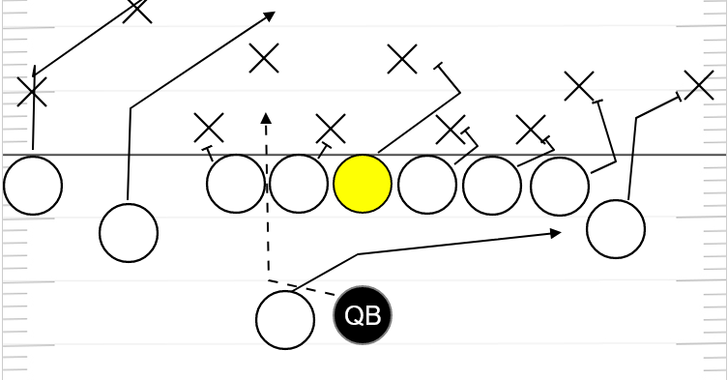

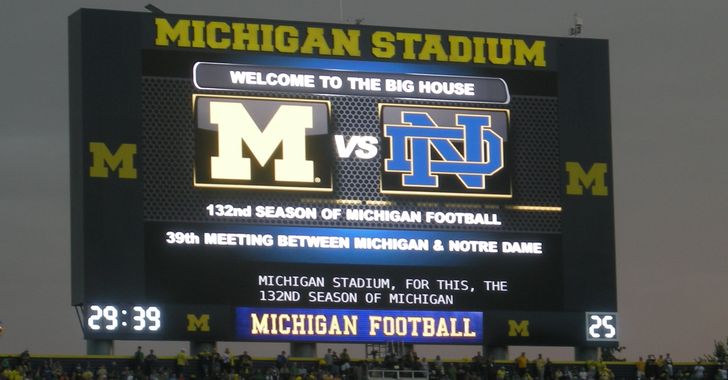
 Photo by
Photo by 
